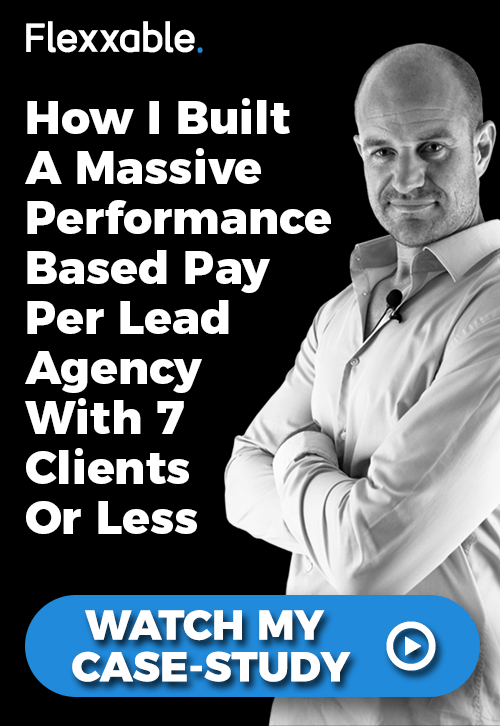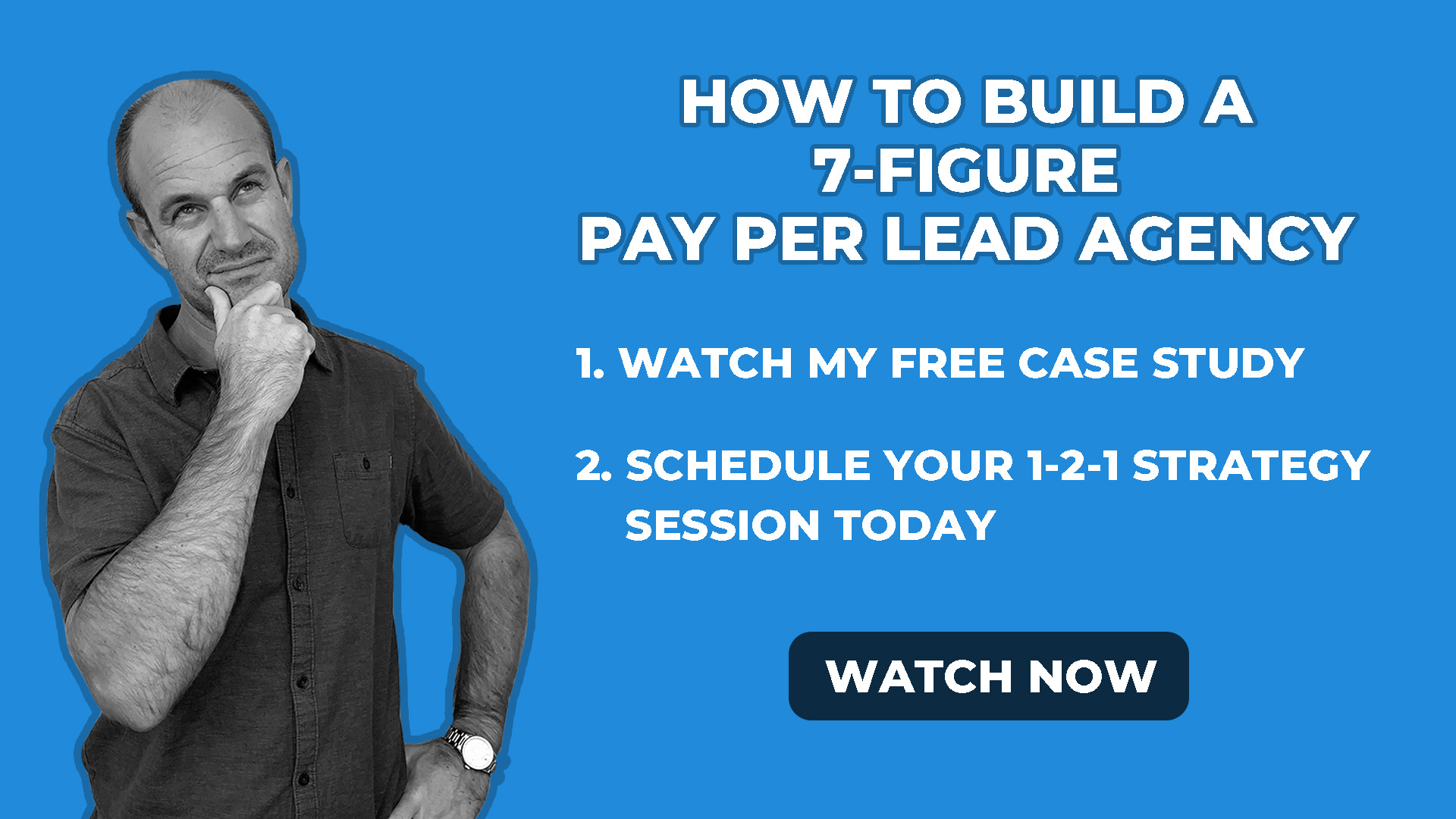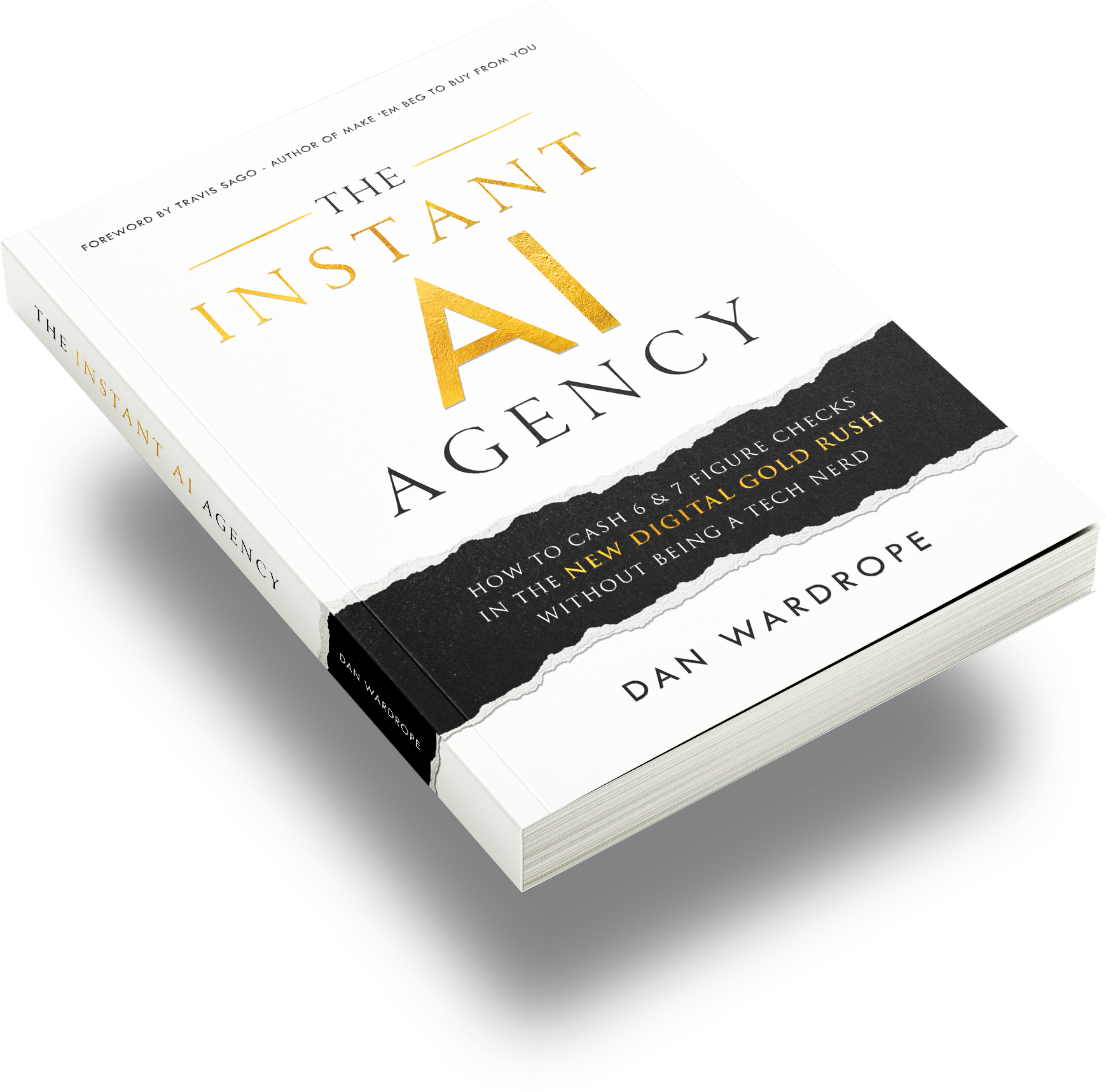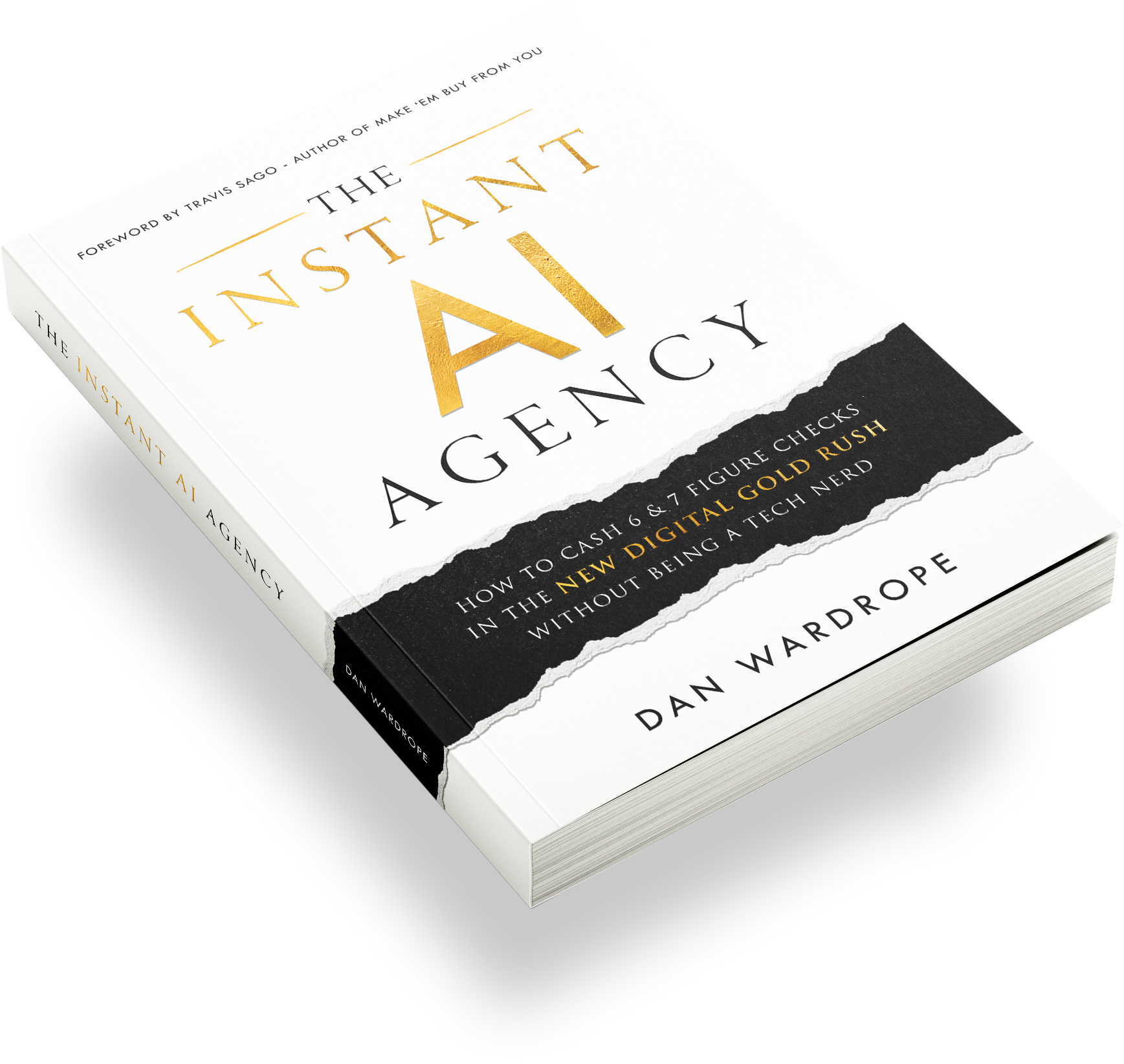Anyone who follows my content knows how much I dig lookalike audiences.
Treating users who may have slipped through your interest-based audience requirements to your Facebook ads, lookalikes can rev-up your online advertising without the need to remortgage your home.
And this got me thinking. If I can use lookalikes to stop unsuitable audiences from looking at my ads, what’s stopping me from using lookalikes for every stage of my sales funnel and reaping the benefits?
This blog post is going to explain how I did exactly that. It’s time to swallow your red pill: we’re entering the Lookalike Matrix.
But First, A Quick Recap On Lookalike Audiences
The great thing about lookalike audiences is that they share important traits with a precise audience of current prospects who’ve been chosen by you.
Essentially, lookalikes are built up of people who are likely to be interested in your product or service as they already match your best existing customers.
You can get a world of benefits from lookalike audiences, including higher CTR (click-through rate) to higher quality leads.
See, although people moan about Facebook advertising and the ever-tightening net of its ad regulations, Facebook actually gives PPC superstars an infinite number of ways to reach their ideal customer. You can choose the size of your lookalike audience, from 1 – 10%.

So, for example, if you want your lookalike audience to match 90% of the characteristics in your interest-based audience (the top 1%), then you’re going to get a marketing pool that’s almost identical to the one you already have. In this case, the audience isn’t going to be massive – but there’s a high chance you’ll convert a lot of this lookalike into leads.
💡 Pro Tip – Determining Lookalike SizeOther articles generally suggest starting with a 1% lookalike audience, as it’s the one that most resembles your source. |
Some Fun Facts About Lookalike Audiences
- You don’t need a massive source audience to make a good lookalike, though Facebook suggests a 1,000 – 50,000 people ballpark. Your source audience can be as few as 100 people (but I recommend going with 300, minimum).
- Your lookalike audience doesn’t have to be targeting users in the same country as your source audience. If your source audience contains 300 people from the States, you can use it to create lookalike audiences in Australia.
- Members of your source audience won’t crop up in your lookalike. This is handy for preventing the dreaded curse of “extreme ad fatigue”.
- A source audience can potentially create up to 500 lookalike audiences.
Into The Matrix: Multiple Lookalike Audiences
When it comes to making lookalikes, the usual route is adding a Facebook pixel to your thank you page and using the data to build the audience you want.
This makes sense. If the user has hit your thank you page, they’ve become a lead. So, using your pixel data to target people who are similar to the leads you’ve already got is a great first step.
But, as you know, us marketers like to get creative.
When working with huge audiences, it’s easy to see potential leads as a list of numbers rather than individual people.
Now, I’m not saying you need to create a backstory and customer avatar for every person who may enter your sales funnel. BUT, limiting your lookalike audiences only to those based off confirmed leads is doing you a disservice.
Say you had 300 people who’d made your landing page, then clicked off the site. There are loads of reasons why this could have happened (and suddenly deciding they weren’t interested is only one of them).
Reasons aside, creating a lookalike from your landing page’s pixel data may scoop you more leads than you’d think.
If each lookalike audience is made up of hundreds of individuals, the law of averages tells us that at least a small percentage of those people will make it to your thank you page.
Okay, so conversions aren’t going to be crazy high but, if your client is looking for lead volume, this strategy will help with bulk.
Multiple Lookalike Audiences For Gathering Data
Another reason for creating multiple lookalike audiences is that they’re great for gathering data.
You’ve just launched a new campaign on Facebook, and your sales funnel consists of an ad, an advertorial, a landing page and, finally, your thank you page. Obviously, it’s going to take a while to get enough data on your thank you page pixel to create the lookalike audience you really want: a population similar to your existing leads.
As you’re waiting for that data, get one step ahead, and put a Facebook pixel on the second part of your funnel: the advertorial.
As it’s step two in your funnel, placing a pixel on the advertorial is a way to get lots of data, fast. Say you’ve had 10,000 clicks on your ad, and 8,000 have stayed on your advertorial. You know these users are more likely to convert than a completely cold audience.
So, instead of waiting around for thank you page data, use your advertorial pixel data to create a lookalike. What the audience lacks in certainty to become a lead is made up in size. Again, the law of averages says that the more people who see your ad, the more lead conversions you’ll get – especially if the lookalike resembles a pre-warmed audience.
Then, once you’ve seasoned your pixel, you can go through the same process for your landing page.
Multiple Lookalikes From Your Sales Funnel: Why They Work
When an ad is first released unto the world, there’s no knowing how well it’s going to fare. Sure, you’ve done your market research, and you think you know what kind of people you’re looking for.
Unfortunately, your audience has the last word. The best car insurance ad in the world isn’t going to do well if you’re advertising to a load of cycling enthusiasts.
So, logically, the number of leads you get from an ad should tell you how well the ad’s going down with your audience. However, precious data like that can take several days or even – gulp – weeks to generate.
By collecting data from the outset (aka, people who’ve hit your advertorial), you’ll be able to get a rough idea of the people who’re showing a level of interest in your ad.
This is the perfect opportunity to start fine-tuning your targeting. A lookalike audience based on your advertorial pixel data is guaranteed to produce more leads than the broad, interest-based audience you were using before. And, as your new ad set is more targeted, you’ll see a drop in your CPL (cost per lead).
With a lookalike from landing page pixel data, you’ll see an even greater improvement in targeting, which will further lower your CPL. And so on.
Multiple Lookalike Audiences: Beyond The Sales Funnel
You didn’t think that was it, did you?
For this next bit, I hope you have a good relationship with your client.
Once the user has become a lead, their details will go into the client’s CRM system. The client’s sales team will then start the process of turning a lead into a paying customer.
But it’s not as simple as having a great deal and using the art of persuasion. Before the lead becomes a customer, they have to prove contactable.
Sadly, not every lead is going to provide legitimate contact details. There are several lead validation methods you can use, but some false leads are going to slip through the net.
A good lead contact rate works out between 30-65%. At the end of each month, ask your client for a list of the leads that proved contactable. Then make another lookalike audience, and advertise to users who closely resemble contactable leads.
And when a client has a list of people who became paying customers? It’s just a case of rinse and repeat. Imagine the results you’ll get advertising to a million people who closely resemble the client’s ideal customer!
Segmentation To The Max: Multiple Lookalike Gold
This will require a lot of time and data, but the results can be astounding.
Depending on your client’s offer, they’re going to have some paying customers that are more valuable than others.
For example, a service dealing in loans will have some customers worth $1,000 and others worth $10,000.
You’ve already asked your client for a list of people who’ve become paying customers. Take one last step, and ask for a list of customers who’ve provided the client with the most financial value.
Yes, it’ll be a much shorter list, but as long as there are 300 high-paying customers (or an absolute minimum of 100), Facebook will be able to find a lookalike audience.
Any leads as a result of this of lookalike will be gold quality. If you’re working off the Cost Per Lead model, you can charge clients a lot more for these leads – and they should be happy to pay for them.
Conclusion
There you go – a full description of the Lookalike Matrix and its wealth of opportunities. We don’t do things by halves at FlexxDigital.
If you’re looking for more tips and tricks when it comes to Facebook campaigns, or you want the kind of clients that’ll make your agency profits soar, check out my case study today!
Learn how we:
- Moved away from local businesses
- Started working with national B2C companies
- Land high-ticket clients with deep pockets
- Found the verticals we’ve worked in
- Generate leads of the highest quality
A world of lead gen could be yours at the tap of a button. Click “Watch Now” and enjoy!










